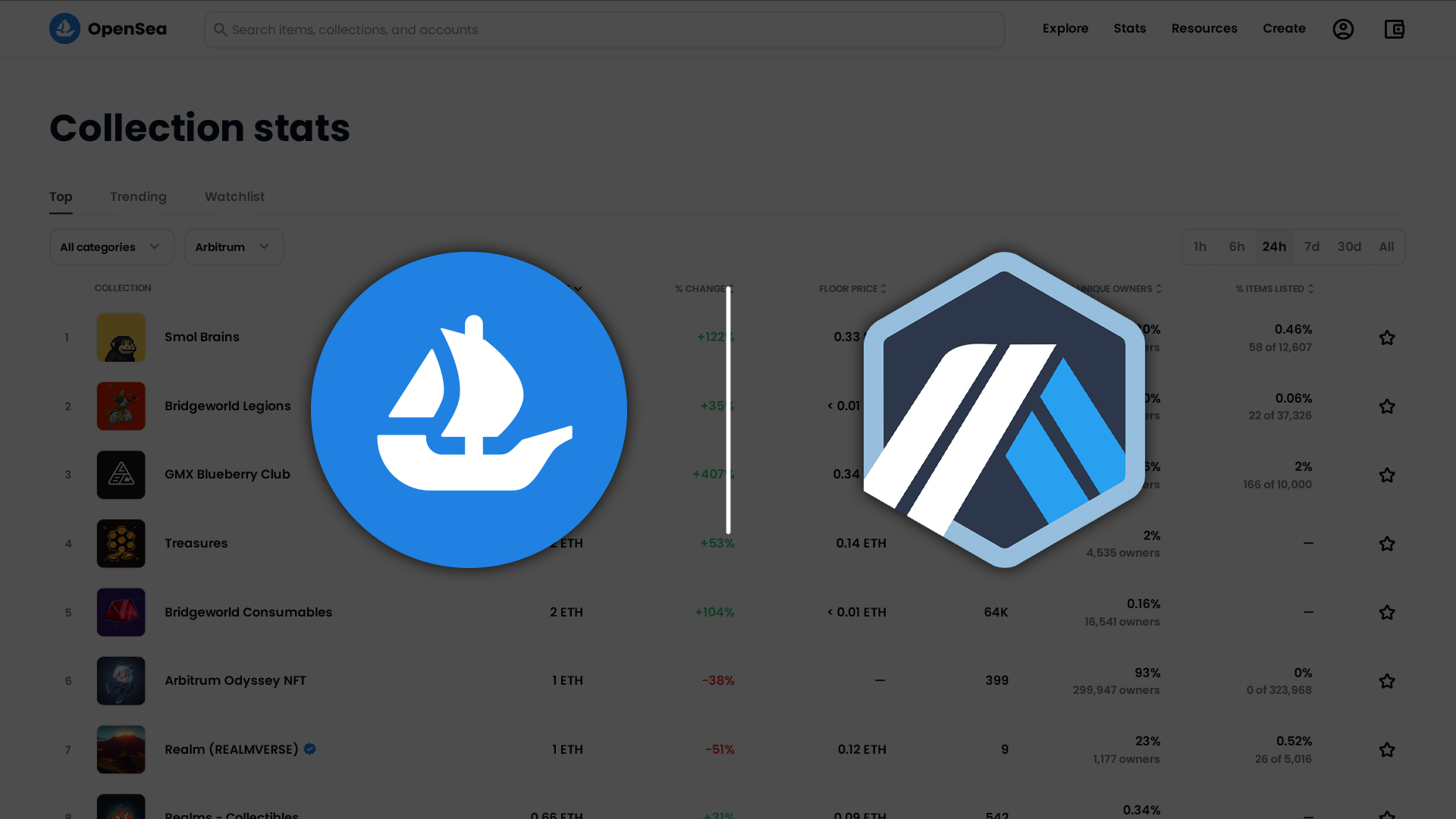The co-founder of the layer 2 scaling solution, Anurag Arjun, has exited Polygon to develop a layer 1 blockchain, Avail. The new network will operate without Polygon’s ecosystem.
The news, announced on March 16, was used to mark Arjun’s fifth year in Polygon. He shared that he will continue to supervise the development of the modular network designed for optimum data availability outside Polygon.
Arjun recounted the history of Polygon in his thread of tweets by stating:
“Jaynti Kanani, Sandeep Nailwal, and I started this journey in 2017. We founded Matic in a shared belief that blockchain must be scalable for the technology to be widely adopted. Matic was rebranded to Polygon in 2021 after Mihailo Bjelic joined as a co-founder.”
The Nirma Institute Of Technology alumnus went on to add:
“Our unwavering belief in the importance of scalability has only strengthened as Polygon witnessed a wave of adoption over the past years. The need for Polygon to focus on Layer 2 solutions & streamline its efforts has become essential.”
In a blog post, the Indian billionaire highlighted the several applications of the Avail project, including Optimistic chains, Sovereign chains, Sovereign rollups, particularly those powered by zero-knowledge (ZK) cryptography, and Validiums.
All You Need To Know About Avail
Avail describes itself as a “blockchain consensus layer” with the main purpose of making blockchain technology scalable, so more people around the world can access it. The network was released within the Polygon community in 2020.
The protocol-agnostic layer 1 network offers transaction sequences; thus allowing developers to improve executions.
Sovereign Rollups, Validiums, and Optimistic chains can make use of Avail for data ordering and availability. Avail boasts of the ability to eliminate the need for bootstrapping validator sets and tokenomics. As a result of this feature, developers can focus their efforts on optimizing user experiences on their projects.
Avail can be used as the base layer for modular networks, such as sovereign chains that use both optimistic and future ZK-secured implementations, built on it. Its DA layer opens up new opportunities for several developments and applications. The project also reduces costs and improves the performance of layer 2 rollups.
 Lifted A.
Lifted A.













